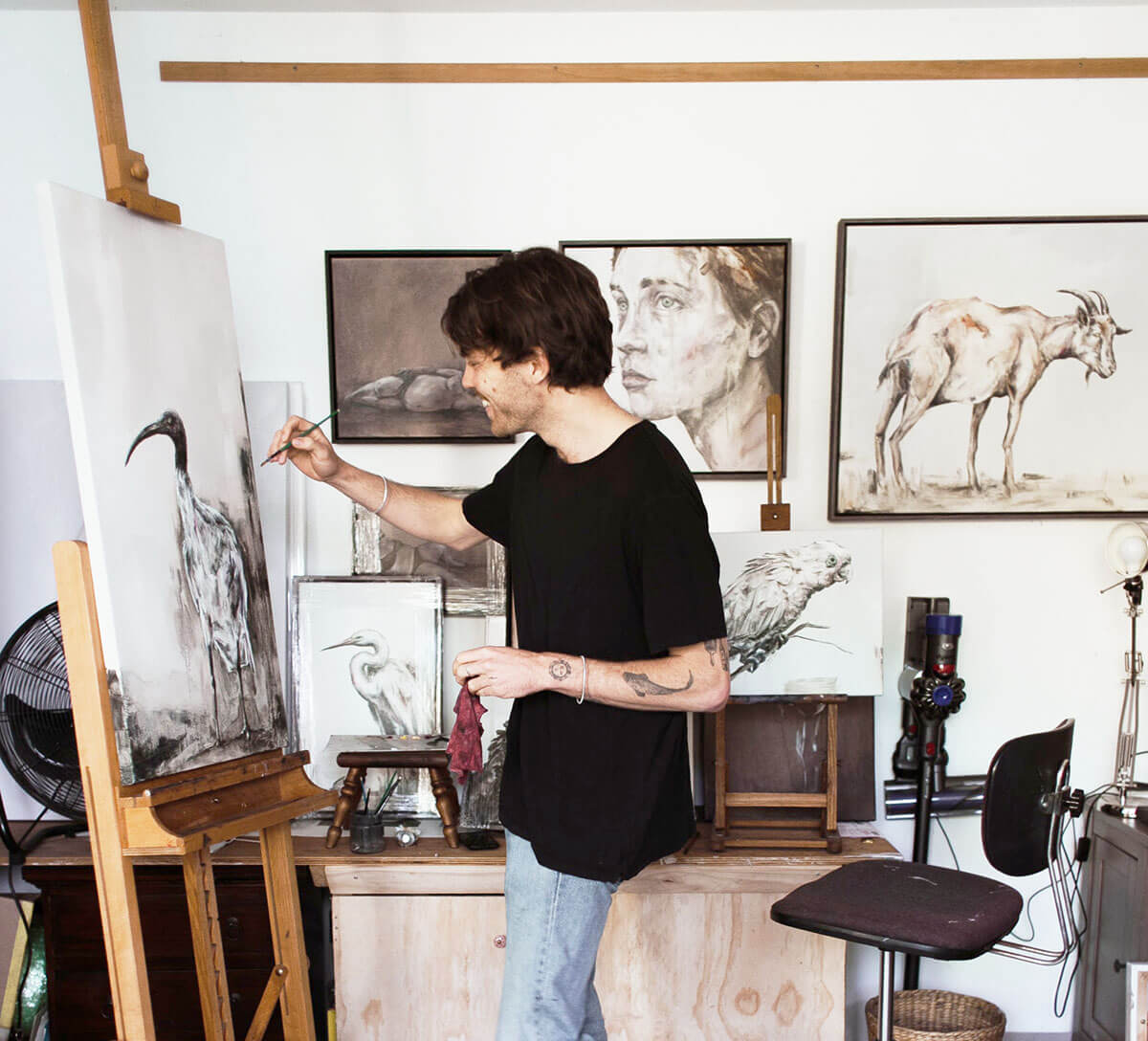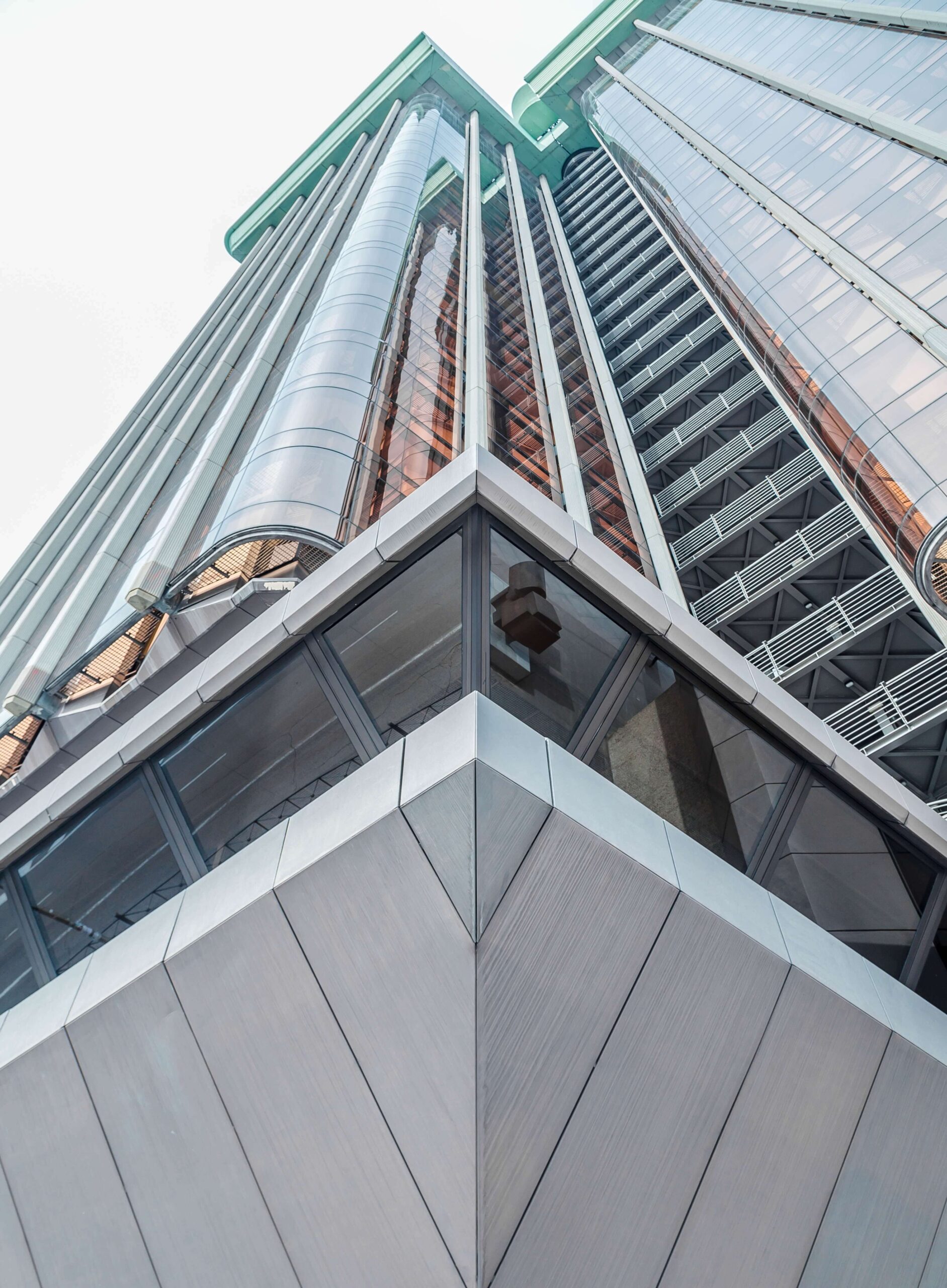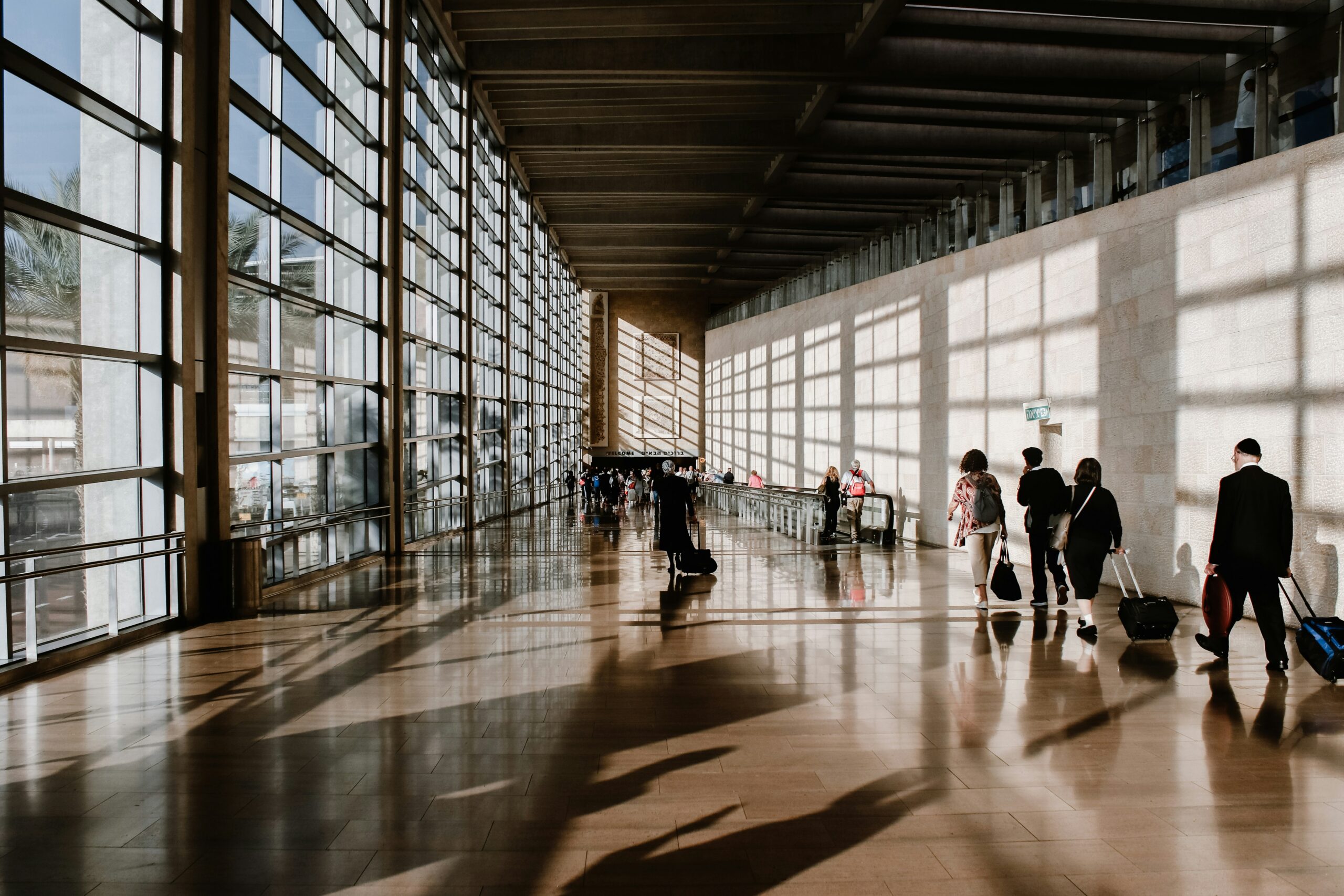:max_bytes(150000):strip_icc():format(jpeg)/TAL-one-and-only-restaurant-terrace-KEAGREECE0525-87735aa604054e1a89a1602ec03e9be4.jpg)
One of the best things about living in Athens is the proximity to so many Greek islands. Some are so close you can hop over for the afternoon and catch the last ferry home as the sun goes down. The island of Kea is only an hour’s ferry ride away from the mainland. The catch? The boat departs from a scruffy port called Lavrion, about an hour from downtown in a taxi. The silver lining? An excellent lunch of calamari and hand-cut fries at one of the inexpensive tavernas clustered around Lavrion’s fish market before you board the ferry. The whole experience feels like a throwback to less frantic, FOMO-fueled times, when slow, salty boat rides were a definitive part of any trip to Greece.
Marco Argüello
Even though Kea is the Cycladic island closest to Athens, few foreigners have heard of it. Ask an islander why this is so, and they will look bemused: they’ve probably never heard of Kea either, since it’s known as Tzia in the native dialect.
“The locals have never been interested in tourism. The island has always been very self-sufficient—they have livestock, farming, and fishing. That’s one of the reasons my father loved it so much,” said Viktoria Fassianos. Her father was Alekos Fassianos, the most beloved Greek painter of the 20th century. He discovered Kea by chance in the 1960s, and it became his summer hideaway: a place where he would paint all morning in his atelier in the hilltop capital, Ioulida, and fish all afternoon near his shack on Xyla Beach.
Marco Argüello
“Our summers were all about the simple life. We collected sea urchins and limpets from the rocks and played hide-and-seek in the alleys and churches,” Fassianos recalled. “We spent hours together in the atelier, making flying toys and shadow puppets. Alekos would put on puppet shows for the local kids.” Some of these handmade birds and bumblebees live on in the spare, whitewashed rooms of what is today known as the Alekos Fassianos Atelier, which is open to visitors during the summer. Every detail of the house bears the touch of the artist, who died in 2022, from the toothy metal dragon guarding the gate to the ceramics and furniture painted with faces, fish, and flowers.
Marco Argüello
Alekos’s whimsical creatures and nature-inspired motifs make surprise appearances all over Ioulida, where red-tiled roofs cascade like an amphitheater down the town’s two hillsides. So many of his artist friends from Athens and France visited in the 1970s that Kea became known as Little Paris. If Hydra was—and still is—the island of the international art jet set, Kea appealed to a more low-key artistic community. For Alekos, it was “the modest life of smallness” that captured his imagination. In the foreword to Kea’s Small Things, his illustrated book of insects, flowers, and herbs, he wrote: “Gradually, my love for the sea led me to settle on Kea, the beautiful island full of surprises, with the unexpected and secret beaches, the lovely hanging gardens and small valleys, the hidden streams that fill the springs.”
Love for the sea also drew Yannis Tzavelakos to Kea some 35 years ago. The grizzled, affable founder of Kea Divers, Tzavelakos was the catalyst for the creation of the Kea Underwater Historic Site, which was designated as a marine conservation park in 2022 and includes three shipwrecks. Tzavelakos came to the island to explore what he describes as the “holy grail” for experienced scuba divers: the hospital ship Britannic, which sunk after reportedly hitting an Imperial German Navy mine during World War I. The wreck, a sister vessel to the Titanic, was located by Jacques Cousteau in 1975. “I don’t think I have ever seen more limpid waters or a sea so clear as the depths surrounding the island of Kea,” the legendary oceanographer declared.
Marco Argüello
Some of the clearest waters I have ever dived into are those of the sheltered bay of Vroskopos, on the southwestern coast of Kea. The last time I visited the beach, in 2019, it was empty—except for two cormorants fishing in the blue-green water. Back then, it was only accessible by boat or on foot. My friend and I had hiked along a coastal trail from Pisses Beach, bees humming in the purple flowers of wild thyme and seagulls drifting hopefully in our wake.
Marco Argüello
This time, I arrived in a chauffeur-driven Land Rover, gliding around the switchbacks on the freshly paved road that leads to the new One&Only Kéa Island. The resort’s cliff-hanging guest villas and private homes cover the hillside overlooking Vroskopos beach, which is now lined with sun loungers. At sand-colored tables under the trees, Bond Beach Club serves Japanese-Aegean fusion to a Balearic-style soundtrack. Tucking in to lobster and caviar rolls with the resort’s Belgian general manager, Jerome Colson, I could hardly believe this was the same place I had visited just five years ago. Was the Cosmic Punch cocktail (mezcal, bergamot, jalapeños, agave, and “alien gel”) messing with my head, or was this glamorous oasis in the middle of nowhere for real?
Kea is so authentic: an island of exclusivity, simplicity, art, and nature.
The whole resort felt like an exercise in suspension of disbelief—a rarefied world of oversize opulence and cosmopolitan profusion set against a backdrop of raw nature and majestic isolation. Tiers of soaring, skylit villas with miniature infinity pools and swathes of pale marble snake up to a three-story main building with an inner garden and a sky-high terrace that delivers sensational sunsets and stargazing. Some 300 staff maintain the immaculate grounds and extensive facilities with polished deference. The ambitious scale can almost compete with the wide-open horizon framed in every floor-to-ceiling window. (On a clear day, I could just make out the temple of Poseidon over on the mainland, hovering like a mirage on the tip of Cape Sounion.)
Marco Argüello
“Kea is so authentic. It should be positioned like St. Bart’s: an island of exclusivity, simplicity, art, and nature,” Colson said. “It’s not about the bling-bling.” With room rates at the One&Only of over $2,000 in summer, that sounded a little disingenuous. But Colson, a wiry outdoors enthusiast fizzing with energy, has hiked and biked every inch of the island and made a point of recruiting local heroes like Tzavelakos, who teaches diving to hotel guests, and Sotiria Antonopoulou, who leads private tours of Ioulida.
Marco Argüello
In antiquity, Kea consisted of four distinct city-states, each with its own government and currency. The island’s settlements still feel like self-contained universes. The weekend villas of wealthy Athenians are mostly huddled around the bays of Koundouros, Otzias, and Vourkari, where the restaurants are a big draw for the yachting set. The port of Korissia, with its retro cafeterias and abandoned enamel factory, feels stuck in the 1980s, whereas Koundouros is like a more laid-back, teen-friendly take on Mykonos. Ioulida is still a living village, where you can brunch on loza (cured pork) and eggs scrambled with tomato at I Piatsa (one of Fassianos’s favorite hangouts), or try prickly-pear ice cream and artisan cheeses at Tyrakeion Dairy.
Marco Argüello
In the easterly districts of Pera Meria and Kato Meria—literally, the Far Side and the Down Side—life moves at a completely different pace. There, isolated hamlets are camouflaged among forests of oak, and their residents survive, as did generations before them, on whatever the land and sea provide. (Acorns were a mainstay of Kea’s economy for centuries: the locals sold the acorn caps to tanneries as a natural dye and fed the acorns to their livestock.) There are hardly any proper roads—a jeep is essential to get around—but an ancient network of stone-paved paths leads to solitary chapels and isolated coves.
I went looking for adventure at Kaliskia, one of the far-flung beaches on the island’s southeastern coast. It was more than worth the ride down a vertiginous dirt road to float in the emerald waters and eat apricots under the tamarisk trees. I shared the beach with a handful of locals who were having a picnic beside their pickup truck. One of them pointed me to a path that led over the headland to Karthea, one of the island’s ancient city-states. As I crested the hill, its two temples and brilliantly restored amphitheater appeared above twin bays like an AI-generated image. The archaeological site is all the more incredible because it is so inaccessible. Most visitors make the pilgrimage on foot, following one of four relatively challenging trails. The only other way to reach Karthea is by boat, but there is no mooring, so visitors must swim ashore, gliding above the submerged ruins of the ancient harbor.
Marco Argüello
The island has another hidden place that emerges like magic from the rocky landscape and reverberates with the wisdom of the ancients: Kea Retreat. At the end of a ragged road that peters out at the virgin beach of Psathi, the Eshet family has created a holistic sanctuary that they playfully describe as “Zorba meets Buddha.” Zviki and Anat Eshet, a restaurateur and psychotherapist originally from Tel Aviv, have spent every summer on Kea with their two sons, Yoni and Uri, for around three decades. At first, they would stay in the spartan monks’ cells at Kastriani Monastery. Eventually, they persuaded several farmers to sell them an abandoned house and a cluster of shepherd’s huts huddled around Psathi bay, then gradually transformed the property, which is now run by their sons, into a hideaway for healing holidays.
Marco Argüello
All-inclusive yoga and mindfulness retreats for no more than 15 participants take place during weekdays, but the intimate guesthouse is open for shorter stays between retreats, and on most weekends. Hunkered between the hillside and the shoreline are just seven cottages in restored kathikies—small traditional stone farmhouses built without any mortar or wood.
A master class in self-sufficiency, with its own farm and desalination plant, Kea Retreat is designed to leave only the lightest trace on the landscape. Natural rock formations are strewn with pillows for daydreaming, or made into outdoor showers. The stone walls of the kathikies are so thick that there is barely any phone signal, and Wi-Fi is patchy. It is the antithesis of One&Only, with its QR codes and WhatsApp messaging, where the welcome treat is a chocolate replica of Karthea’s amphitheater. At Kea Retreat, there are yoga mats and books on meditation, but no hair dryers or TVs. “We
don’t like technology,” said Uri Eshet, who is the resident chef, with a grin.
Marco Argüello
It’s a long, bumpy drive from Kea Retreat to the nearest shop or taverna, but I didn’t want to eat anywhere else once I’d tried the in-house restaurant, Lygaria. Here Eshet, who has done stints at Noma and Blue Hill at Stone Barns, conjures unforgettable dishes from whatever he forages, grows, or sources from the island’s producers. A dinner in June began with an exquisitely simple salad of five varieties of heirloom tomato with basil, followed by Eshet’s take on a koulouri: braided brioche with a sesame-and-miso glaze, served with a fermented-black-garlic skordalia dip drizzled with wild mushroom oil. Vine leaves were stuffed with grouper cheeks, roasted apricots, and caper leaves. Sea bass carpaccio was garnished with delicate pink garlic blossoms. Dessert was a thyme-honey cream served in a handmade beeswax bowl. This might be the best food in the Cyclades—the kind worth traveling for, whether you live in Athens or Anchorage.
Marco Argüello
What touched me about Kea Retreat—from the ingredients to the architecture and the unbroken views of nothing but nature—was a true sense of place. It felt like a different world from the modern, globe-trotting sensibility of One&Only, just a few miles away. But that’s the beauty of Kea, the place with two names and a split personality. Ritzy or rustic, accessible or isolated, sybaritic or ascetic: whichever resonates with you, this island has a way of giving you exactly what you need.
A version of this story first appeared in the May 2025 issue of Travel + Leisure under the headline “True Blue.”

:max_bytes(150000):strip_icc():format(jpeg)/TAL-one-and-only-restaurant-terrace-KEAGREECE0525-87735aa604054e1a89a1602ec03e9be4.jpg?w=872&resize=872,547&ssl=1)


:max_bytes(150000):strip_icc():format(jpeg)/tal-spanx-spring-sale-12-15-deals-tout-f65f491feaef4446aae934a843868c4e.jpg?w=150&resize=150,150&ssl=1)



